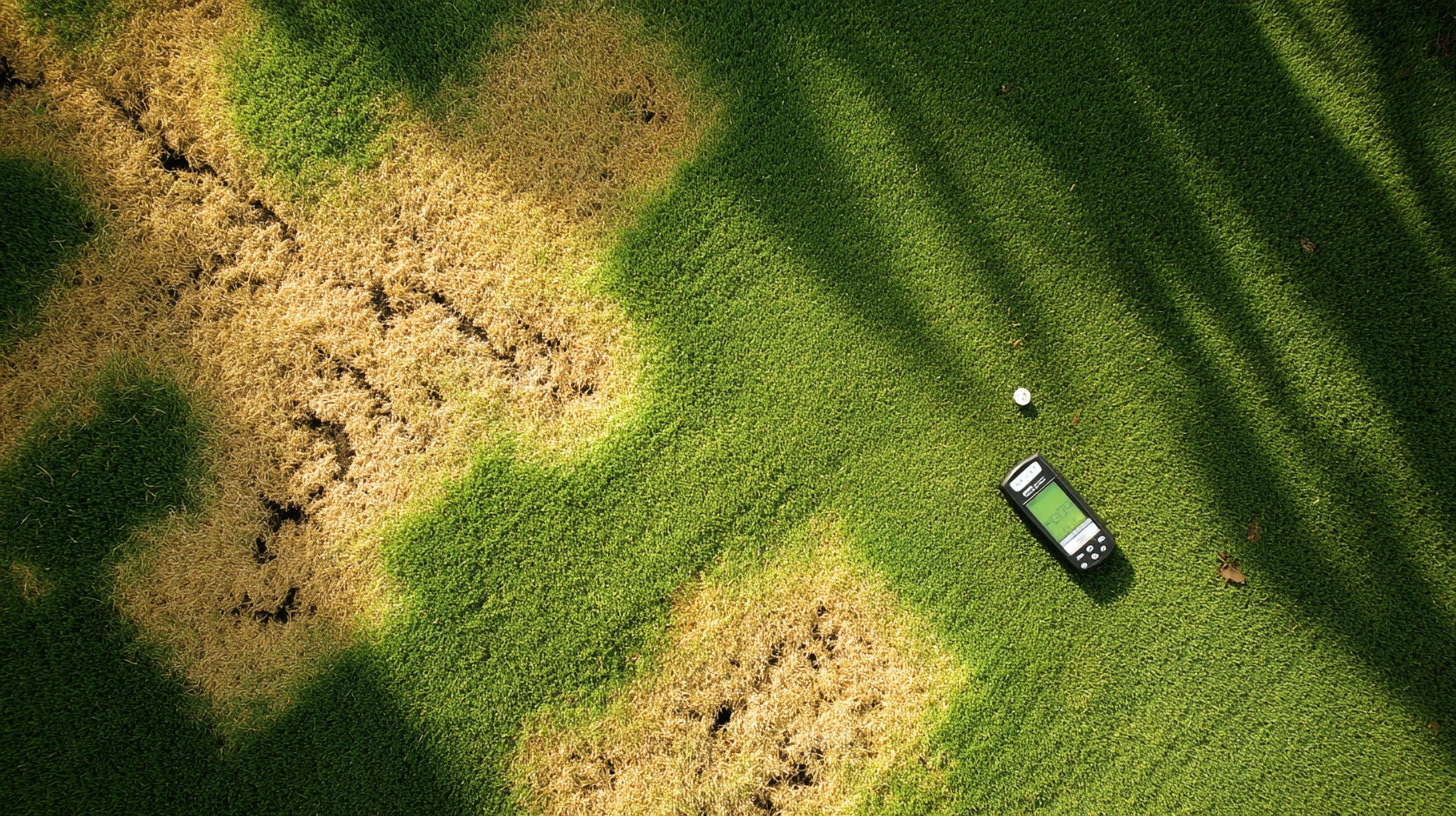How to Decode Your Centipede Grass Soil Test Results

Learn to interpret pH, nutrient levels, and when to amend your centipede lawn. Avoid overcorrection and master low-input care.
How to Decode Your Centipede Grass Soil Test Results
Introduction
If your centipede lawn is looking more yellow than lush green lately, your latest soil test report probably holds the key. Centipede grass thrives in acidic, low-fertility soils, but it's surprisingly sensitive to both nutrient gaps and overloads. Too much nitrogen or routine liming can scorch this turf, while missing a potassium or iron deficiency can leave your lawn weak and chlorotic.
In this guide, I'll walk you through each critical soil test metric for centipede grass--pH, iron, potassium, phosphorus, and nitrogen. You'll learn how to read "deficiency" warnings in the context of centipede's unique needs, decide when to treat now versus waiting for the next growing season, and apply amendments safely. With these tips, you'll prevent over-correction, save time, and keep your grass looking like the neighborhood's best.
Understanding Centipede Grass Basics
Centipede grass (Eremochloa ophiuroides) originated in Southeast Asia and gained popularity across the Southern U.S. and parts of Central America because it excels in acidic, low-fertility soils. Its ideal pH range is 5.0-6.0, and unlike many warm-season grasses, it thrives with minimal nitrogen and only needs phosphorus or potassium if a soil test shows deficiency.
Key traits:
Shallow roots that react quickly--good or bad--to soil changes
Low mowing height (1-2 inches) and slow thatch buildup
Minimal fertilizer requirements: no more than 1 lb N per 1,000 ft annually
Understanding these basics helps you interpret test numbers through a centipede lens rather than treating it like bermuda or zoysia turf.
Key Soil Test Metrics for Centipede Grass
Your soil test report likely lists pH plus lab values or color-coded ratings for nutrients. Here's what each means for centipede grass:
Soil pH: The Acid-Loving Turf
Ideal pH: 5.0-6.0
Above 6.5: Nutrient lock-out--particularly iron and manganese--leading to chlorosis even when soil tests show plenty of nutrients.
Below 5.0: Root growth slows, and aluminum toxicity may appear.
Action:
If pH is below 5.0, apply lime sparingly--only if a test specifically recommends it. Over-liming is a common mistake.
To lower high pH, use elemental sulfur in split applications (spring and fall). Follow your university extension rate, adjusting for soil texture.
(See UF/IFAS recommendations in ENH8/LH009: Centipedegrass for Florida Lawns)
Iron Levels: Preventing Chlorosis
Common symptom: Yellowing between leaf veins while the veins stay green.
High pH or excess phosphorus often causes iron deficiency.
Centipede grass needs less iron overall but shows deficiency quickly.
Quick fix:
Foliar apply iron sulfate or chelated iron at 2 oz per 1,000 ft. You'll see greener blades in days.
Long-term:
Lower pH if it's above 6.5 (see pH section).
Potassium: Strengthening Roots and Cold Tolerance
Dense root systems and winter hardiness depend on adequate potassium.
Sandy soils or regions with heavy rainfall leach K quickly.
Soil test "deficient" ratings here warrant correction.
Solution:
Apply a low-phosphorus fertilizer with a 2-1-2 or 3-1-2 NPK ratio at the spring green-up rate recommended by your Extension service.
Consider a late-summer K boost (6+ weeks before frost) to improve winter survival.
Phosphorus: Minimal but Important
Centipede grass rarely needs phosphorus unless a test shows "deficient." Excess P is more common and can trigger iron chlorosis.
Only apply P if the soil test rating is "deficient."
Check local ordinances--some Southern states restrict P applications.
Nitrogen: Less Is More
Overloading your centipede lawn with N is a fast track to thatch, disease, and more mowing.
Never exceed 1 lb N per 1,000 ft per year.
Split your N into two light applications: one after green-up, another in midsummer if needed.
Ready to transform your lawn?
Get personalized AI guidance for the perfect lawn. Download Grassmaster Gus now!
Immediate vs. Delayed Amendments
Not every "deficiency" demands immediate correction. Here's how to choose:
Iron: Treat now if you see chlorosis--grass can't wait.
Potassium: Spring and fall applications align with growth peaks and winter prep.
Phosphorus: Delay until next growing season unless turf shows stunted roots or slow green-up.
pH: Major adjustments with sulfur or lime should be split across seasons.
Nitrogen: Avoid "rescue" heavy N doses--opt for light, timely feeds.
Always cross-check with weather: delay granular applications if you expect heavy rain in 24-48 hours to prevent leaching.
When to Test Again and Prevention Tips
Test every 2-3 years to track trends rather than chasing single numbers.
Avoid off-the-rack fertilizers not tailored to centipede grass. Those high P blends do more harm than good.
Embrace split applications for any major pH or nutrient correction--think baby steps, not a single giant leap.
Seasonal Timing and Application Guidelines
Spring (post green-up): Apply needed N and K; treat iron deficiency if visible.
Late summer (6+ weeks before frost): Potassium boost for winter hardiness.
Fall and spring: Split sulfur applications if lowering soil pH.
Avoid all fertilizer during extreme heat or drought--centipede goes semi-dormant and will burn easily.
Safety and Best Practices
Always wear gloves and eye protection when handling elemental sulfur, chelated iron, or granular fertilizers.
Calibrate your spreader before applying--uneven rates can scorch sensitive centipede blades.
Store amendments in a cool, dry place and clean equipment after use.
Conclusion
Reading your centipede grass soil test doesn't have to feel like decoding a foreign language. Focus on these key metrics--pH, iron, potassium, phosphorus, and nitrogen--and apply amendments sparingly and at the right time. Test every few years, watch the weather, and split big corrections into smaller applications. Follow these steps, and your low-input centipede lawn will reward you with consistent color, stronger roots, and fewer headaches.
With a bit of patience and precision, you'll turn soil test numbers into a tailored maintenance plan rather than a one-size-fits-all fertilizer toss. Let your next soil report be the roadmap to a championship-caliber centipede turf.


